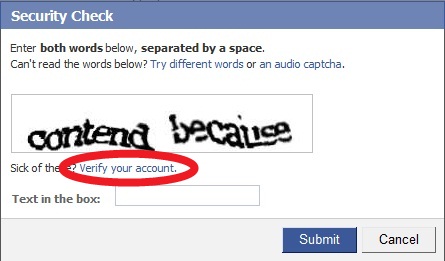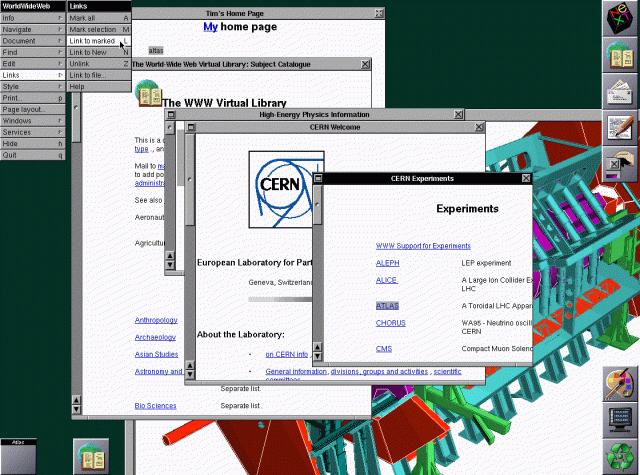As the alumni association for the University of Nebraska, we find it essential that we connect with our 175,000 living alumni around the world. With the advancement of the internet and introduction of social media, we’ve been able to start chapters in Malasia and Singapore! Chapter 15 was very intriguing to me as we’re now in the stages of adding live casting to every event possible that we host so we can spread the Husker Big Red spirit across the world for all alumni and friends to partake in.
Our first pilot livecast was at this year’s Football Friday – Spring Game Edition on April 15, 2011 at the Wick Alumni Center. With one laptop, microphone, Ethernet cord and a simple loggin we were able to stream our event live on HuskerAlum.org. We were also able to take questions from our 35 viewers that were consistently logged in. This might seem like a small number (which was intended for this test run) but we had great engagement and added another element to our program by taking a question from Justine in Chicago!
For audio livecasting, I often stream into 105.5 The Beat, Southwest Florida’s #1 Party Station (according to their tag line!) While living in Naples, FL this was my “go to” station for fresh music and new hip hop releases. I found there are countless artists that never make it mainstream and are not aired in the Midwest. I also found that it took about four months for a new song that I heard on 105.5 to make it back to Nebraska. I also watched the USA Track and Field championships live last week with a link I found on Twitter! That was a perfect way to get sidetracked at work =)
My thoughts on Justin.tv and JenniCam in this chapter: 1) probably the beginning of reality television. I do like that they are not celeberities but still felt their life was interesting enough to share with the world 24/7. 2) I think if I did my Jenny(with a Y)cam, I would talk to the audience verse wearing a “point of perspective” camera. I think making that personal connection of face to face and eye contact is important. Like them, I’ve always thought my life has enough drama and excitement for reality TV!
I think livecasting is only in the early stages and will continue to grow; especially in the corporate world. The ability to also store them on your company’s website also gives people a chance to engagement even after the event is over.


